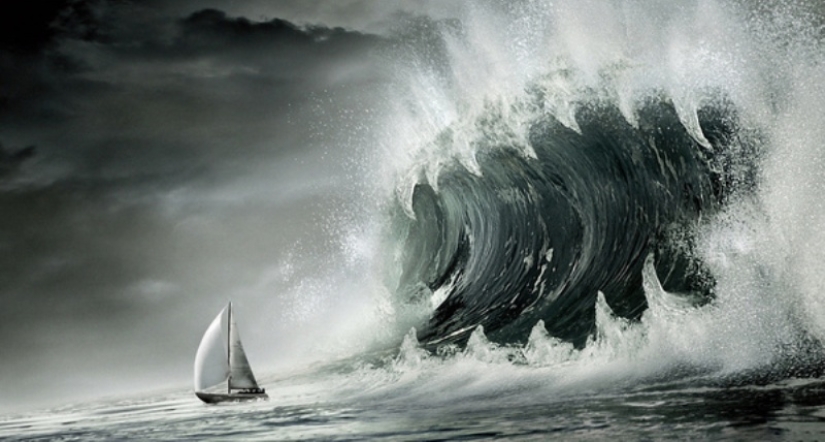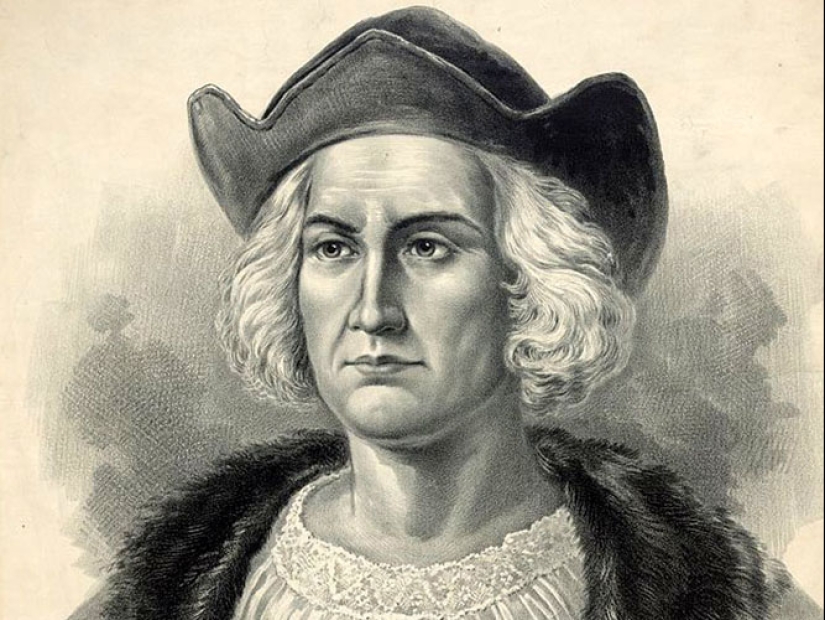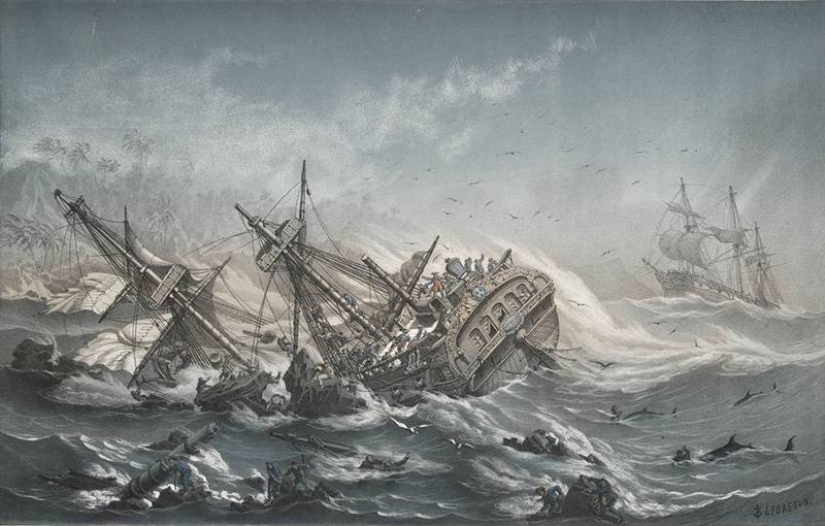Killer waves: how an old sea tale turned out to be a reality
Stories have been told for hundreds of years about huge waves that appear in the ocean out of nowhere and carry mortal danger. Their name differs in different languages, but in our country they are called “rogue waves.” Until recently, it was believed that this was one of the old sea tales. This is not surprising, because the victims of the natural phenomenon disappeared without a trace, and simply no one believed the eyewitnesses. The existence of rogue waves was proven only in 1995. Now scientists are studying this natural phenomenon, trying to understand the mechanism of its appearance and learn to predict.

At the end of the 20th century, a rogue wave was first recorded by scientific instruments. 500 years have passed since the phenomenon was first described. Christopher Columbus is considered the discoverer of destructive waves. He spoke about them in the famous “Letter to the Catholic Kings Isabella and Ferdinand,” describing his third journey.

In the document, the navigator tells the monarchs about the new lands he discovered, the peoples inhabiting them and the rich resources. By the way, he also describes a huge wave that suddenly appeared in a calm sea off the coast of the island of Trinidad.
Six sailing ships took part in Columbus's expedition. The height of the mast of the largest of them reached 27 meters. This makes it possible to judge the size of the wave. After this, various travelers wrote about rogue waves more than once, but they were not believed.

An indicative case occurred in 1840. The famous French navigator Dumont-D'Urville made a report at a meeting of the Academy of Sciences in Paris and spoke about such a wave 35 meters high. Scientists, despite the high authority of the traveler, laughed at him. The speaker and his companions even swore on the Bible, but they were still not believed and the ridicule continued.
On January 1, 1995, instruments on the experimental oil production platform Dropner S, installed on the Norwegian shelf, recorded an unusual wave. Its scope, that is, the height from the base to the top of the ridge, was 25.6 meters. The sea at that moment was not calm - it was very stormy and the platform was overwhelmed by 10-meter waves. But the rogue wave was much larger than the others, and it is difficult to explain its appearance even in such conditions.
A wave as high as a 9-story building hit the Dropner S platform. This caused serious but not critical damage to the structure. Such structures are designed with a large margin of safety, and this saved people and equipment. At the same time, the engineers who developed the platform project stated that they took into account the likelihood of such an impact, but purely theoretically.
According to their calculations, such a wave could have formed during a storm, which occurs no more often than once every 10 thousand years. By the way, “Dropner S” encountered a rogue wave just a year after the start of work. It is quite obvious that this phenomenon is not so rare. It poses a serious danger to both drilling platforms and shipping.
Oceanologists, having studied many references to rogue waves, came to the conclusion that there are two types. The first one looks like a single mountain peak. It is precisely this wave that Columbus most likely described. The second type resembles a mountain range and moves in a wide front. It is the most dangerous, as it increases the likelihood of falling into the range of ships.
There may be one rogue wave, but there are also groups of them. One will always be the biggest, and the rest will be smaller. They always follow each other with a short period of time. The most common are three waves, which sailors and scientists have dubbed the “three sisters.”
Many people confuse rogue waves with tsunamis. But these are completely different phenomena. Tsunamis are caused by earthquakes, landslides and volcanic eruptions. The reasons for the appearance of rogue waves are more complex. Their formation is influenced by interference, that is, the addition of independent waves. They can come from different directions and then unite. The second reason is the nonlinear interaction of waves. In this case, one wave receives additional energy from the general wave background.
Scientists have determined that if one wave 2 meters high overlaps another, the new one may not be 4 meters high at all, but much higher. In the Black Sea, once, with a wave height of 1 meter, the instruments recorded one that reached 8 meters. The danger of this phenomenon lies in its unpredictability. The wave appears unexpectedly and, unlike a tsunami, at a considerable distance from land.
Even huge modern ships should not encounter such a wave. In 1980, the Soviet tanker Taganrog Bay and the British cargo ship Derbyshire encountered a rogue wave. The ship survived, although one of the sailors was washed off the deck. The English ship could not withstand the blow and sank. Then 44 crew members died.
In 1978, the huge German tanker Munich suddenly disappeared in the middle of the Atlantic. It was the most modern and was considered the pride of German shipbuilders. The tanker's crew suddenly issued a distress signal, after which the Munich simply disappeared. Rescuers found only a few small wrecks of the ship and a badly damaged boat. Experts determined that the boat was torn from its fastenings located at a height of 18 meters. All 29 crew members disappeared without a trace.
Keeping statistics on victims of rogue waves is not easy and is very approximate. It is believed that between 1968 and 1994, encounters with this phenomenon cost the lives of at least 600 sailors. 200 ships were wrecked, including 22 supertankers. At the same time, the researchers found that a small vessel has a better chance of successfully withstanding the impact of such a wave. The shaft will simply raise and lower a small vessel such as a boat or yacht. If it doesn't tip over, everything will be fine. But the ocean giants simply break in half under the blows of a multi-meter wall of water.
The nature of rogue waves is not fully understood. Despite this, scientists are already developing rules to increase the chances of survival when encountering them. This work is not easy, but we will see its results in the coming years. It takes place within the framework of the international project MaxWave. It involves observation, experimentation and computer modeling. Rogue waves are studied not only using instruments from oceanographic laboratories, but also using satellites.
